When A Porous Solid Retains Its Properties In Liquid Form

When a porous solid retains its properties in liquid form
Known for their exceptional porosity that enables the trapping or transport of molecules, metal-organic frameworks (MOFs) take the form of a powder, which makes them difficult to format. For the first time, an international team led by scientists from the Institut de recherche de Chimie Paris (CNRS/Chimie ParisTech ), and notably involving Air Liquide, has evidenced the surprising ability of a type of MOF to retain its porous properties in the liquid and then glass state. Published on October 9, 2017 in Nature Materials website, these findings open the way towards new industrial applications.
Metal-organic frameworks (MOFs) constitute a particularly promising class of materials. Their exceptional porosity makes it possible to store and separate large quantities of gas, or to act as a catalyst for chemical reactions. However, their crystalline structure implies that they are produced in powder form, which is difficult to store and use for industrial applications. For the first time, a team of scientists from the CNRS, Chimie ParisTech, Cambridge University, Air Liquide and the ISIS (UK) and Argonne (US) synchrotrons has shown that the properties of a zeolitic MOF were unexpectedly conserved in the liquid phase (which does not generally favor porosity). Then, after cooling and solidification, the glass obtained adopted a disordered, non-crystalline structure that also retained the same properties in terms of porosity. These results will enable the shaping and use of these materials much more efficiently than in powder form.
Read more.
More Posts from Smparticle2 and Others





Women at work on a C-47 Douglas cargo transport, Douglas Aircraft Company, Long Beach, California, 1943.
via reddit

Zillertal Alps // Tom Klocker
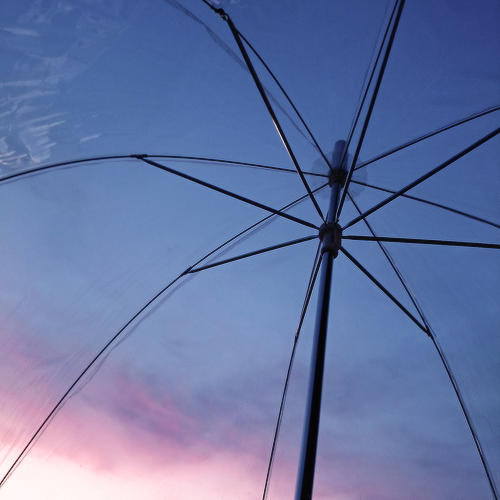
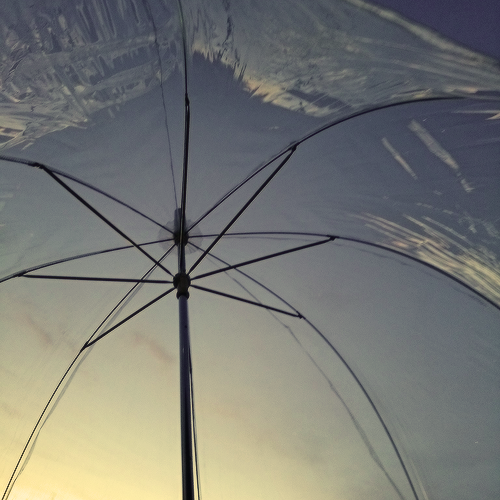
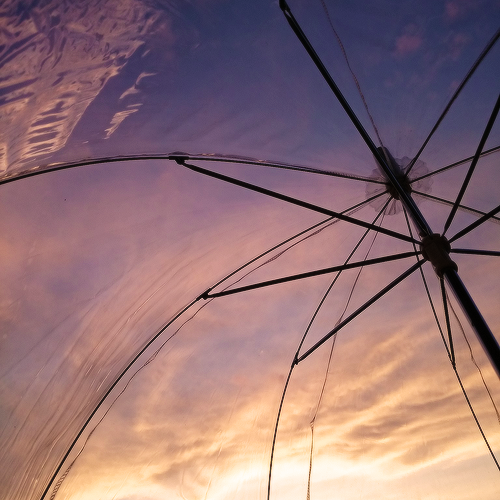
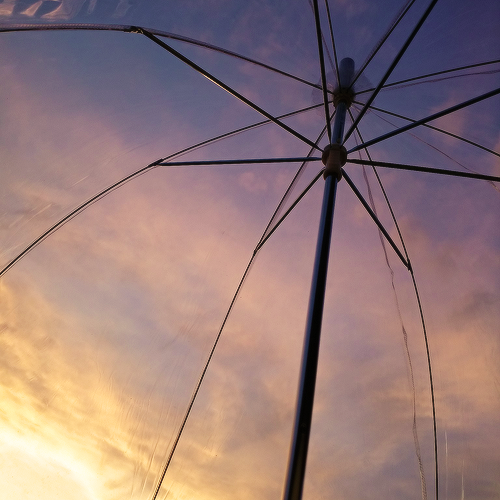
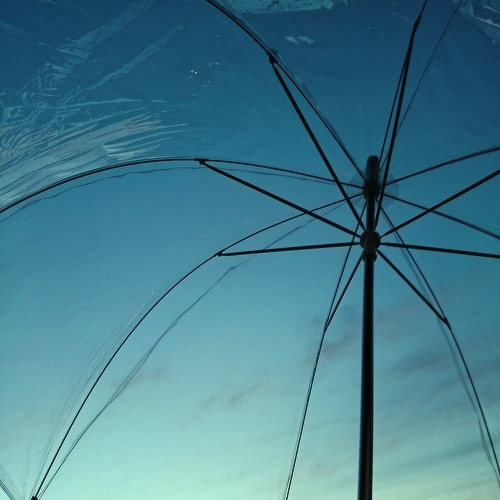






“People who never met her except across the footlights did not realize how, in her private life, she had such compassion and interest in everyone. After I returned from Hong Kong I was ill with a virus and she rang me up reproachfully later to say, ‘Why didn’t you let me know? I would have come and sit with you.’ Giving flowers to sick people is easy. Giving that precious commodity time is far more expensive for someone who had such a full life. But she always found time for everyone.” -Godfrey Winn
The Beauty of Webb Telescope’s Mirrors
The James Webb Space Telescope’s gold-plated, beryllium mirrors are beautiful feats of engineering. From the 18 hexagonal primary mirror segments, to the perfectly circular secondary mirror, and even the slightly trapezoidal tertiary mirror and the intricate fine-steering mirror, each reflector went through a rigorous refinement process before it was ready to mount on the telescope. This flawless formation process was critical for Webb, which will use the mirrors to peer far back in time to capture the light from the first stars and galaxies.

The James Webb Space Telescope, or Webb, is our upcoming infrared space observatory, which will launch in 2019. It will spy the first luminous objects that formed in the universe and shed light on how galaxies evolve, how stars and planetary systems are born, and how life could form on other planets.
A polish and shine that would make your car jealous

All of the Webb telescope’s mirrors were polished to accuracies of approximately one millionth of an inch. The beryllium mirrors were polished at room temperature with slight imperfections, so as they change shape ever so slightly while cooling to their operating temperatures in space, they achieve their perfect shape for operations.

The Midas touch
Engineers used a process called vacuum vapor deposition to coat Webb’s mirrors with an ultra-thin layer of gold. Each mirror only required about 3 grams (about 0.11 ounces) of gold. It only took about a golf ball-sized amount of gold to paint the entire main mirror!

Before the deposition process began, engineers had to be absolutely sure the mirror surfaces were free from contaminants.

The engineers thoroughly wiped down each mirror, then checked it in low light conditions to ensure there was no residue on the surface.

Inside the vacuum deposition chamber, the tiny amount of gold is turned into a vapor and deposited to cover the entire surface of each mirror.

Primary, secondary, and tertiary mirrors, oh my!
Each of Webb’s primary mirror segments is hexagonally shaped. The entire 6.5-meter (21.3-foot) primary mirror is slightly curved (concave), so each approximately 1.3-meter (4.3-foot) piece has a slight curve to it.

Those curves repeat themselves among the segments, so there are only three different shapes — 6 of each type. In the image below, those different shapes are labeled as A, B, and C.

Webb’s perfectly circular secondary mirror captures light from the 18 primary mirror segments and relays those images to the telescope’s tertiary mirror.

The secondary mirror is convex, so the reflective surface bulges toward a light source. It looks much like a curved mirror that you see on the wall near the exit of a parking garage that lets motorists see around a corner.

Webb’s trapezoidal tertiary mirror captures light from the secondary mirror and relays it to the fine-steering mirror and science instruments. The tertiary mirror sits at the center of the telescope’s primary mirror. The tertiary mirror is the only fixed mirror in the system — all of the other mirrors align to it.

All of the mirrors working together will provide Webb with the most advanced infrared vision of any space observatory we’ve ever launched!
Who is the fairest of them all?
The beauty of Webb’s primary mirror was apparent as it rotated past a cleanroom observation window at our Goddard Space Flight Center in Greenbelt, Maryland. If you look closely in the reflection, you will see none other than James Webb Space Telescope senior project scientist and Nobel Laureate John Mather!

Learn more about the James Webb Space Telescope HERE, or follow the mission on Facebook, Twitter and Instagram.
Make sure to follow us on Tumblr for your regular dose of space: http://nasa.tumblr.com.




Snowflakes from William Scoresby’s des Jüngern Tagebuch einer reise auf den Wallfischfang, (Hamburg: F. Perthes, 1825), the German translation of Journal of a voyage to the northern whale-fishery.
Scoresby was an Arctic explorer with interests in meteorology and navigation, who led an Arctic exploration in the early 1800s to the area around Greenland.

Making twisted semiconductors for 3-D projection
A smartphone display that can produce 3-D images will need to be able to twist the light it emits. Now, researchers at the University of Michigan and the Ben-Gurion University of the Negev have discovered a way to mass-produce spiral semiconductors that can do just that.
Back in 1962, University of Michigan engineers E. Leith and J. Upatnieks unveiled realistic 3-D images with the invention of practical holography. The first holographic images of bird on a train were made by creating standing waves of light with bright and dark spots in space, which creates an illusion of material object. It was made possible by controlling polarization and phase of light, i.e. the direction and the timing of electromagnetic wave fluctuations.
The semiconductor helices created by U-M-led team can do exactly that with photons that pass through, reflected from, and emitted by them. They can be incorporated into other semiconductor devices to vary the polarization, phase, and color of light emitted by the different pixels, each of them made from the precisely designed semiconductor helices.
Read more.

“I travel around the world, eat a lot of shit, and basically do whatever the fuck I want.” Read our complete Profile of Anthony Bourdain here.
-
 planetarygears reblogged this · 6 years ago
planetarygears reblogged this · 6 years ago -
 bumblegump liked this · 6 years ago
bumblegump liked this · 6 years ago -
 onestarchild liked this · 7 years ago
onestarchild liked this · 7 years ago -
 void-latte liked this · 7 years ago
void-latte liked this · 7 years ago -
 mizzoyfe liked this · 7 years ago
mizzoyfe liked this · 7 years ago -
 funcoolmathgames reblogged this · 7 years ago
funcoolmathgames reblogged this · 7 years ago -
 age-of-wisdom-1111 liked this · 7 years ago
age-of-wisdom-1111 liked this · 7 years ago -
 kyouwabenkyou reblogged this · 7 years ago
kyouwabenkyou reblogged this · 7 years ago -
 imsomewhere reblogged this · 7 years ago
imsomewhere reblogged this · 7 years ago -
 smparticle2 reblogged this · 7 years ago
smparticle2 reblogged this · 7 years ago -
 edgardgutierrez liked this · 7 years ago
edgardgutierrez liked this · 7 years ago -
 sgboom liked this · 7 years ago
sgboom liked this · 7 years ago -
 bozonkwark reblogged this · 7 years ago
bozonkwark reblogged this · 7 years ago -
 lh7 reblogged this · 7 years ago
lh7 reblogged this · 7 years ago -
 sempersomnio reblogged this · 7 years ago
sempersomnio reblogged this · 7 years ago -
 ozzypozzy liked this · 7 years ago
ozzypozzy liked this · 7 years ago -
 theeldest liked this · 7 years ago
theeldest liked this · 7 years ago -
 redhousehead liked this · 7 years ago
redhousehead liked this · 7 years ago -
 hugyourfears liked this · 7 years ago
hugyourfears liked this · 7 years ago -
 j-man-mon liked this · 7 years ago
j-man-mon liked this · 7 years ago -
 kalifissure liked this · 7 years ago
kalifissure liked this · 7 years ago -
 95wonder reblogged this · 7 years ago
95wonder reblogged this · 7 years ago -
 lacommunarde liked this · 7 years ago
lacommunarde liked this · 7 years ago -
 baileytheroper reblogged this · 7 years ago
baileytheroper reblogged this · 7 years ago -
 kenotype liked this · 7 years ago
kenotype liked this · 7 years ago -
 intelligentliving reblogged this · 7 years ago
intelligentliving reblogged this · 7 years ago -
 dragonheartedpoppy liked this · 7 years ago
dragonheartedpoppy liked this · 7 years ago -
 granodiorita liked this · 7 years ago
granodiorita liked this · 7 years ago -
 trrhfndr reblogged this · 7 years ago
trrhfndr reblogged this · 7 years ago -
 imsomewhere liked this · 7 years ago
imsomewhere liked this · 7 years ago -
 trrhfndr liked this · 7 years ago
trrhfndr liked this · 7 years ago -
 brodyrennt liked this · 7 years ago
brodyrennt liked this · 7 years ago -
 geometrymatters reblogged this · 7 years ago
geometrymatters reblogged this · 7 years ago -
 geometrymatters liked this · 7 years ago
geometrymatters liked this · 7 years ago